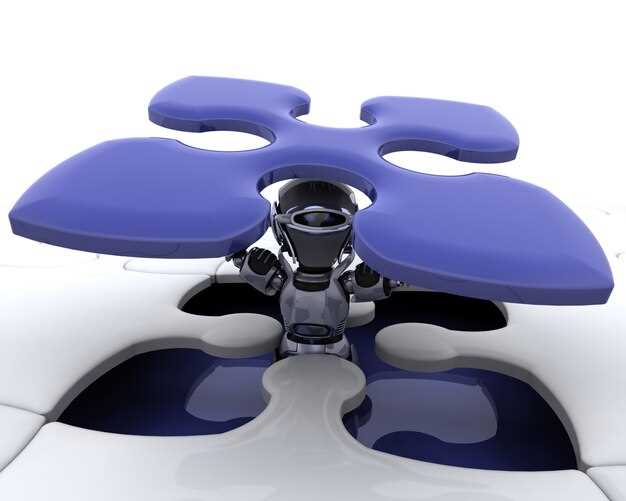
The mass air flow (MAF) sensor plays a crucial role in the efficient functioning of your vehicle’s engine. By accurately measuring the amount of air entering the engine, it ensures the proper fuel-to-air ratio, which is vital for optimal performance and fuel efficiency. Over time, contaminants like dirt and oil can accumulate on the sensor, leading to inaccurate readings and reduced engine performance. Cleaning your MAF sensor is a straightforward task that can help restore your vehicle’s efficiency and responsiveness.
In this guide, we will explore the step-by-step process of cleaning your mass air flow sensor, highlighting the tools needed, safety precautions to take, and tips for ensuring effective cleaning. By following these procedures, you can help prolong the life of your sensor and maintain your engine’s health without the need for costly replacements.
Whether you’re a seasoned mechanic or a novice car enthusiast, understanding how to properly clean your MAF sensor is essential. A clean sensor not only contributes to better fuel economy but also reduces emissions, benefiting both your wallet and the environment. Let’s dive into the important details you need to know for this maintenance task.
Identifying Symptoms of a Dirty Mass Air Flow Sensor
A dirty mass air flow (MAF) sensor can lead to a range of performance issues in your vehicle. Recognizing the signs of a malfunctioning MAF sensor is crucial for maintaining optimal engine performance. Here are some common symptoms to look out for:
1. Check Engine Light Activation: One of the first indications of a dirty MAF sensor is the illumination of the check engine light on your dashboard. This warning can also be triggered by other issues, but a diagnostic code related to the MAF sensor can help pinpoint the cause.
2. Poor Acceleration: A MAF sensor that is unable to accurately measure incoming air can cause a noticeable decrease in acceleration. If your vehicle struggles to gain speed or feels sluggish when you press the throttle, it may be due to a contaminated sensor.
3. Rough Idle: An inconsistent or rough idle can occur when the MAF sensor sends inaccurate readings to the engine control unit (ECU). This can lead to fluctuations in engine speed, resulting in a shaky or unstable idle.
4. Decreased Fuel Efficiency: A dirty sensor may result in an incorrect air-fuel mixture, causing the engine to burn extra fuel. If you notice a drop in fuel efficiency, this could be a sign that the MAF sensor needs cleaning or replacement.
5. Engine Stalling: In severe cases, a malfunctioning MAF sensor may cause the engine to stall or hesitate during acceleration. This can be particularly dangerous, especially while driving at higher speeds.
6. Hesitation or Bucking: If you experience hesitation or bucking while driving, especially during acceleration, this may indicate that the MAF sensor is not functioning properly, affecting the engine’s performance.
7. unexpected Engine Noise: A malfunctioning MAF sensor can lead to unexpected noises from the engine. These sounds may be a result of improper air-fuel mixtures and can indicate that the air flow to the engine is compromised.
Being aware of these symptoms can help you address a dirty mass air flow sensor promptly, preventing further issues and maintaining your vehicle’s performance.
Step-by-Step Cleaning Process for Your Sensor
Cleaning your mass air flow (MAF) sensor is crucial for maintaining optimal engine performance. Follow these steps to ensure you do it correctly.
Step 1: Gather Your Materials
Before starting, collect the necessary materials: MAF sensor cleaner, a soft brush or cloth, and safety gloves. Make sure to work in a well-ventilated area.
Step 2: Locate the MAF Sensor
Identify the MAF sensor, typically located between the air filter and the throttle body. Consult your vehicle’s manual if you have difficulty finding it.
Step 3: Disconnect the Battery
To prevent any electrical issues, disconnect the negative terminal of the battery. This will ensure safety while you handle the sensor.
Step 4: Detach the MAF Sensor
Carefully unplug the electrical connector attached to the MAF sensor. Then, using the appropriate tools, remove the sensor from its housing. Take care not to damage any components.
Step 5: Inspect the Sensor
Before cleaning, visually inspect the sensor for any obvious signs of damage or wear. If the sensor is severely damaged, consider a replacement instead of cleaning.
Step 6: Apply MAF Sensor Cleaner
Hold the MAF sensor upright and spray the cleaner generously onto the sensing elements. Allow the cleaner to sit for a few moments to dissolve any dirt or debris without touching the sensitive components.
Step 7: Clean Carefully
If necessary, use a soft brush or cloth to gently dislodge any remaining dirt. Be cautious not to touch or scratch the delicate wires or sensors inside.
Step 8: Let It Dry
After cleaning, allow the MAF sensor to air dry completely. This is crucial as residual cleaner can cause damage if the engine is started before it has evaporated.
Step 9: Reinstall the Sensor
Once dry, reconnect the MAF sensor in its original position. Ensure that you securely attach the electrical connector and any mounting hardware.
Step 10: Reconnect the Battery
Reconnect the negative terminal of the battery, ensuring a tight connection to prevent any electrical issues during operation.
Step 11: Test the Vehicle
Start your vehicle and monitor its performance. Check for any error codes or check engine lights to confirm that the cleaning was successful.
Regular maintenance of your MAF sensor can prevent costly repairs and enhance engine efficiency. Following this cleaning process can help keep your vehicle running smoothly.
Safety Precautions and Tips for Maintaining Sensor Performance

Maintaining the performance of your mass air flow (MAF) sensor is crucial for optimal engine functionality. Below are some safety precautions and tips to ensure reliable sensor performance during cleaning and maintenance.
Safety Precautions
- Disconnect the Battery: Always disconnect the negative terminal of the battery before starting any cleaning or maintenance to prevent electrical short circuits.
- Wear Protective Gear: Use safety goggles and gloves to protect your eyes and skin from any cleaning solvents or chemicals.
- Work in a Well-Ventilated Area: Ensure adequate ventilation to avoid inhaling fumes from cleaning agents.
- Avoid Touching the Sensor: When handling the MAF sensor, avoid touching the sensitive wire or film element with your fingers to prevent contamination.
Tips for Maintaining Sensor Performance

- Regular Inspections: Check the MAF sensor periodically for dirt, grime, and any signs of damage.
- Use Appropriate Cleaners: Utilize mass air flow sensor cleaner, which is specifically designed for cleaning without damaging sensitive components.
- Follow the Manufacturer’s Recommendations: Adhere to your vehicle’s manual for specific guidelines regarding cleaning intervals and recommended products.
- Ensure Proper Installation: After cleaning, ensure the sensor is securely reinstalled to prevent any air leaks that could affect performance.
- Check Related Components: Inspect the air filter and intake system during maintenance, as clogged filters can impact sensor operation.
Implementing these safety precautions and maintenance tips can enhance the longevity and reliability of your mass air flow sensor, ultimately ensuring efficient engine performance.


